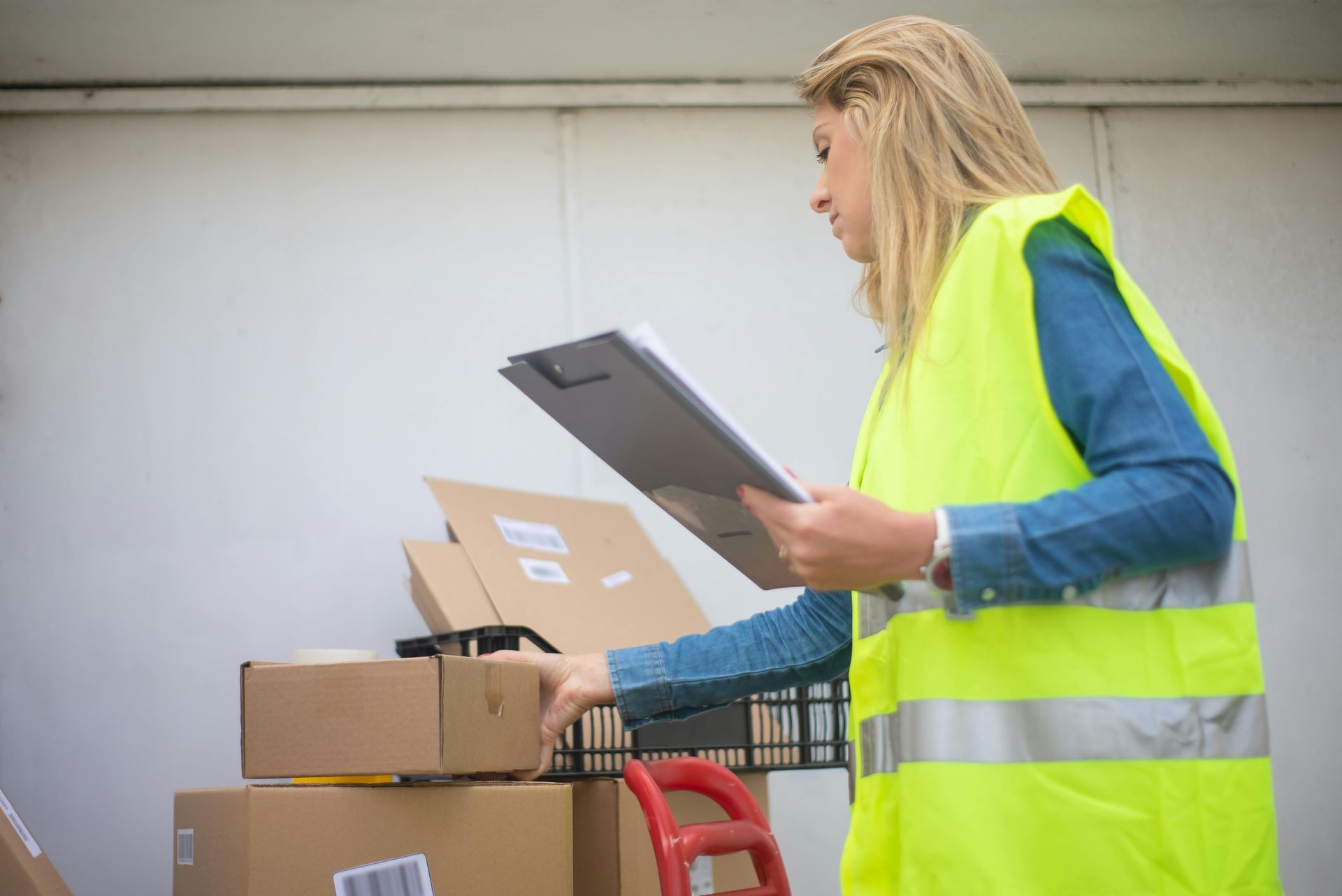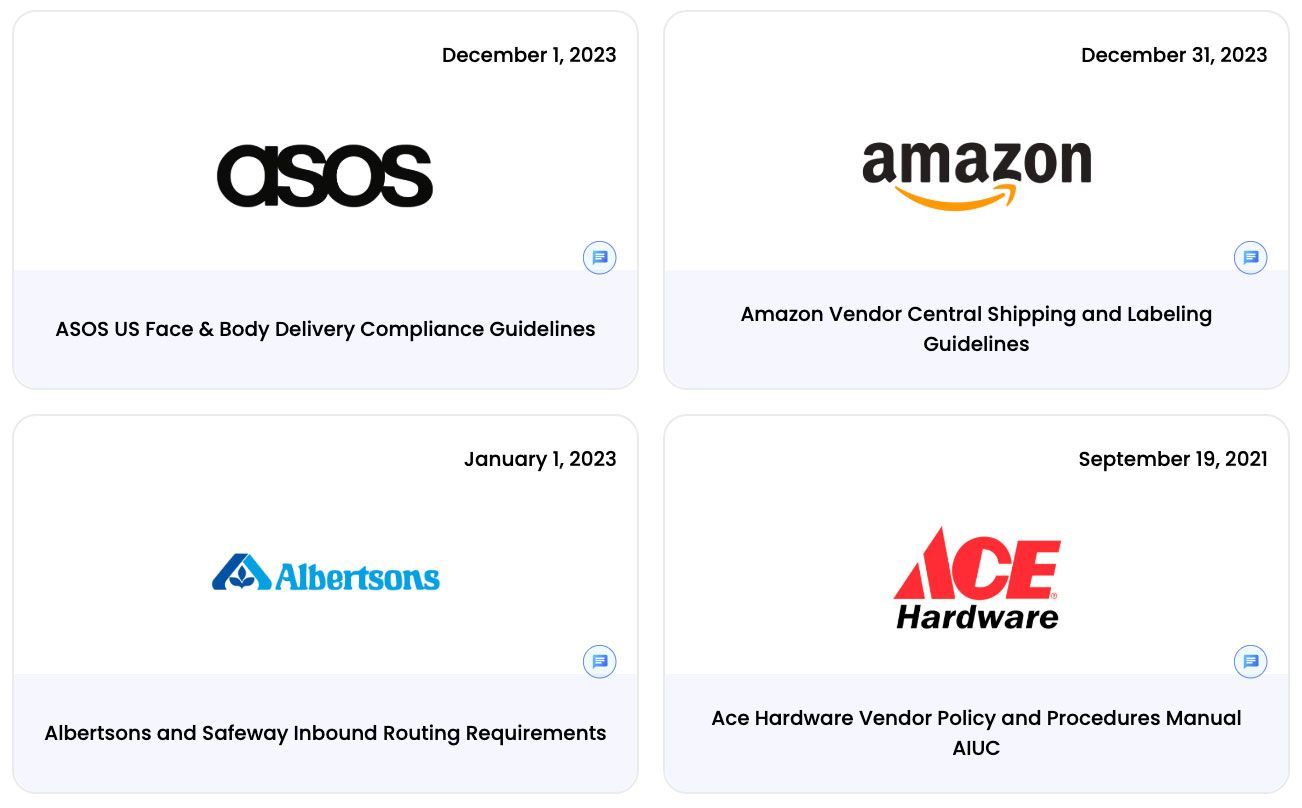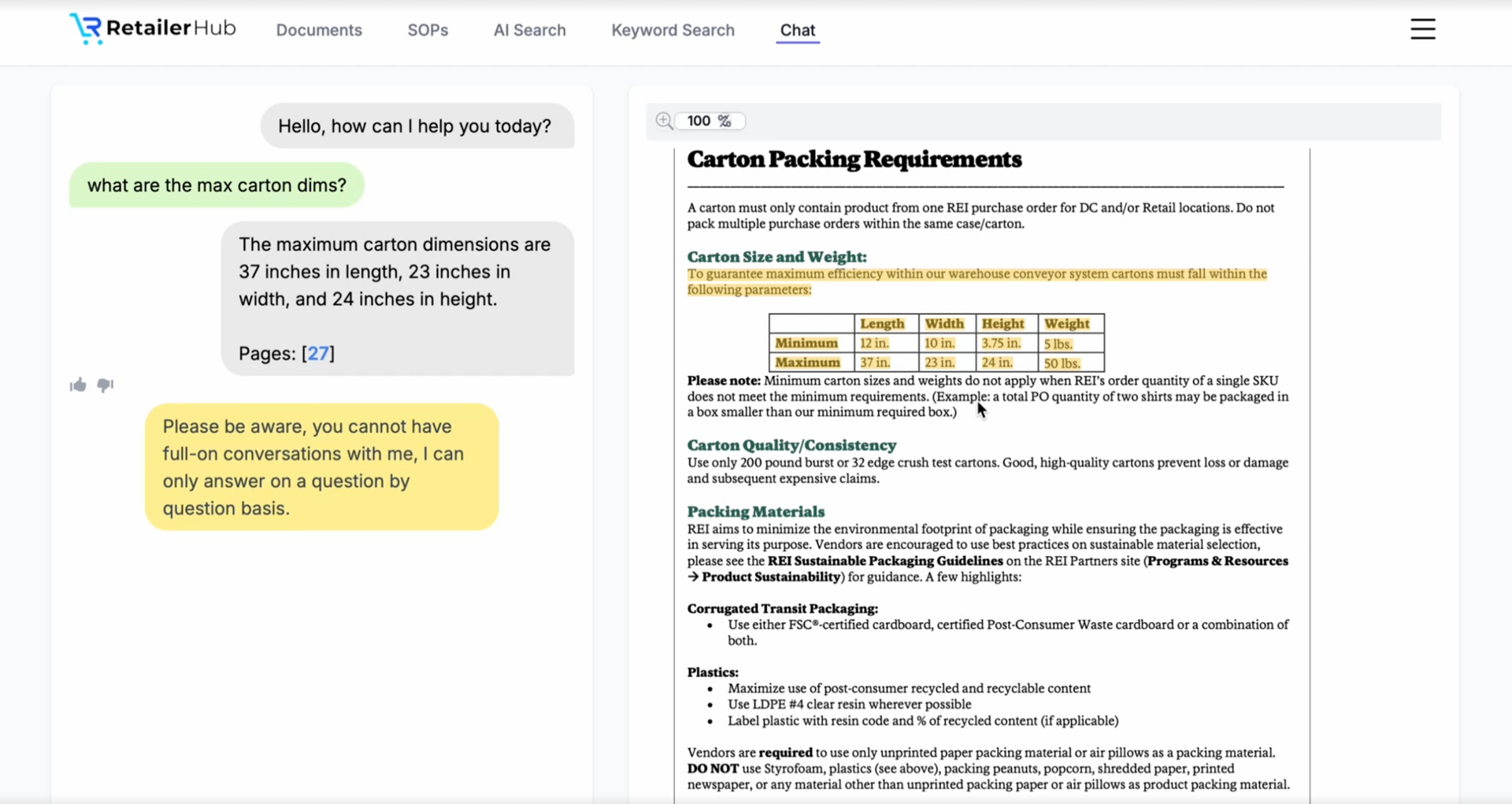How to Build a Retail-Ready Compliance Playbook in 2025 (Without Reinventing the Wheel)
In today’s retail world, "retail-ready" means more than getting product on a pallet and out the door. It means being able to scale across multiple retailers, stay in lockstep with evolving requirements, and do it all without a mountain of chargebacks.
And yet, many brands and 3PLs still try to manage retail compliance with a patchwork of PDFs, tribal knowledge, and outdated SOPs buried in folders.
The good news? You don’t have to reinvent the wheel. Building a modern, retail-ready compliance playbook is about systematizing what already works, filling in the gaps, and making it accessible to every team.
Here’s how to do it.
Step 1
Start With the Right Foundation—Centralized Retailer Documentation
First things first—you can’t build a great playbook without a single source of truth. That means centralizing all your retailer requirements in one searchable place.
Instead of:
- Outdated PDFs in 5 different Google Drive folders
- Version-controlled Word docs that no one checks
- “Ask Sarah” as the primary compliance strategy
You need:
- A system where anyone (sales, CS, ops, planning) can look up the latest requirements in seconds
- Source-verified docs that update automatically when retailers change the rules
This is where RetailerHub gives you a major head start—its document hub does the heavy lifting so you don’t have to.
Step 2
Generate Retailer-Specific SOPs
Once you have the source material, the next step is operationalizing it—in other words, turning retailer requirements into clear, actionable SOPs for each part of your business.
Each retailer’s expectations are different. You need:
- Target-specific SOPs
- Walmart-specific SOPs
- Costco-specific SOPs
- (And so on)
Within those SOPs, tailor by role:
- What sales needs to know (PO timelines, terms)
- What CS needs to know (labeling, communication guidelines)
- What planning needs to know (lead times, dock schedules)
- What warehouse needs to know (pick-pack, labeling, ASN submission)
Tools like RetailerHub make this simple—you can generate retailer-specific, role-specific SOPs instantly.
Step 3
Make Your SOPs Accessible and Multilingual
A playbook that lives on one person’s laptop or in an English-only PDF isn’t helpful if your warehouse team operates in Spanish or your 3PL needs visibility.
Modern retail-ready SOPs need to be:
- Searchable (Google Docs isn’t good enough)
- Multilingual (start with Spanish, but plan for others as you grow)
- Shareable with external partners (3PLs, co-packers)
- Version-controlled automatically (so you’re never using an old spec)
This ensures that when you onboard new team members or open new fulfillment channels, they can hit the ground running with the latest playbook.
Step 4
Automate Compliance Checks Wherever Possible
Retailer requirements change constantly. New ASNs. New labeling specs. New pallet builds.
Instead of relying on your team to “remember” every update, use tools that:
- Proactively surface changes
- Push updated SOPs automatically
- Provide AI-powered Q&A so anyone can check a rule before executing
This prevents costly errors and reduces reliance on tribal knowledge.
Step 5
Build the Right Feedback Loops
A great compliance playbook isn’t static—it evolves.
Build in feedback loops:
- Use RetailerHub’s insights to track which rules are causing the most errors
- Update SOPs based on new retailer scorecards or chargeback data
- Encourage floor teams and planners to suggest SOP improvements
When everyone can contribute, the playbook gets stronger over time.
Final Thoughts
Being retail-ready doesn’t mean building a giant binder from scratch. It means using the right tools to turn retailer requirements into a living, accessible playbook that scales with your business.
RetailerHub is designed to make this easy—with:
- Centralized retailer documentation
- Instantly generated, role-specific SOPs
- Multilingual access
- AI-powered compliance Q&A
See RetailerHub in Action
The best to see how RetailerHub works is by requesting a personalized demo. Let us show you more.







